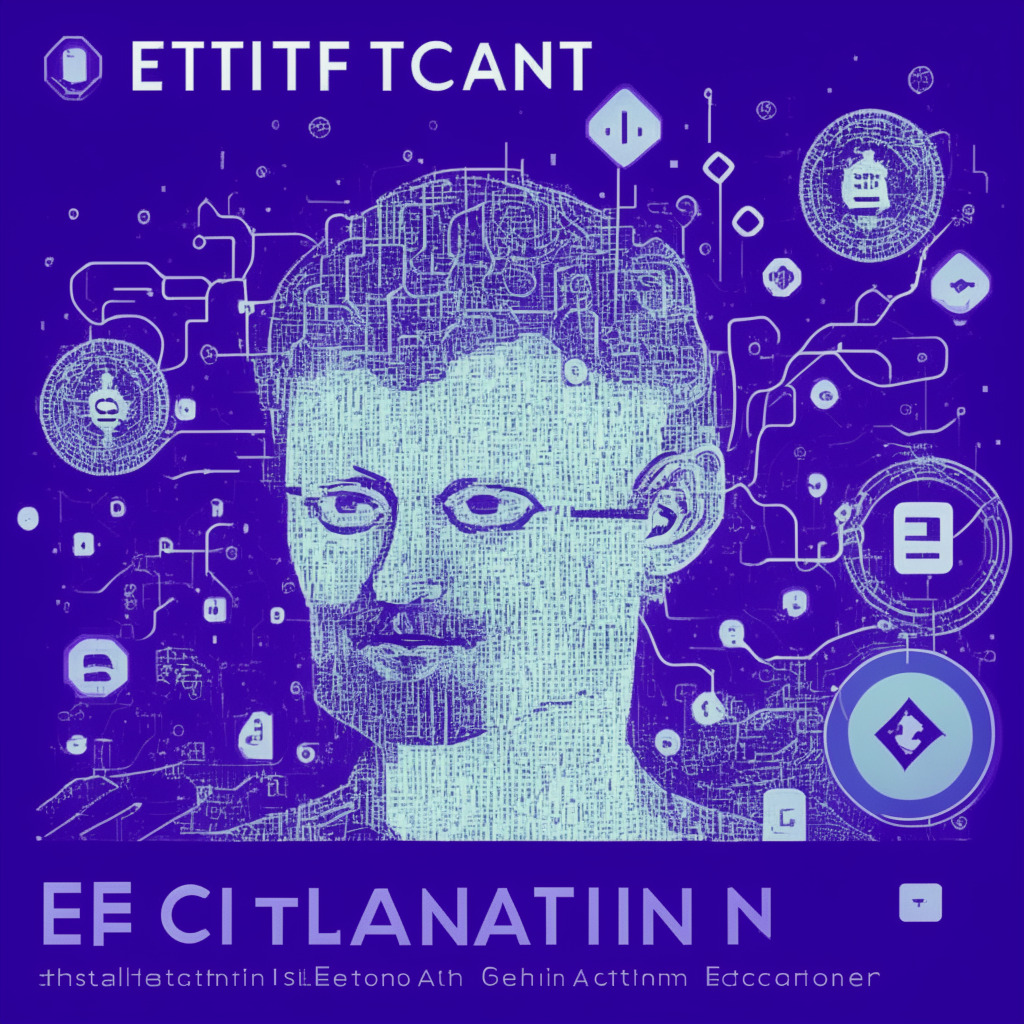The ascent of ETH‘s position as a powerhouse in the decentralized finance sector has enabled many pioneering projects to prosper, encompassing platforms centered on finance, trading, gaming, and non-fungible tokens (NFTs). This is evidenced by establishments such as UniSwap, AAVE, GMX, and OpenSea which are riding high on the backing of Ethereum’s blockchain. However, the boom has its own drawback. With the avalanche of progress, Ethereum’s network is now grappling with an onslaught of transactions, resulting in prolonged confirmation times and inflated transaction fees.
To subdue these mounting challenges, Ethereum decided to boost its transaction capacity and speed, turning to auxiliary systems known as layer 2 scaling solutions. Other than mitigating pressure from the mainnet of Ethereum, these secondary layers also bolster transaction speed and lower the fees while guaranteeing requisite safety. According to Bruno Faviero, CEO of the token management platform Magna.so, layer 2 foundations have been instrumental in retaining development momentum amidst a bear market.
Reflecting on the noteworthy capability of layer 2 solutions to improve throughput and transaction rates, these networks have drawn substantial attention with their operation levels even surpassing their previous records at times. Data from L2beat illustrates that the average throughput of Ethereum’s Layer 2 ecosystem has centered around 50 transactions per second since early August. Thus, Layer 2 networks are blossoming five times the size of the Ethereum mainnet.
Besides, the total value accumulated in Ethereum’s layer 2 platforms has seen an upsurge since the beginning of the year, with Arbitrum taking the lead followed closely by Optimism and zkSync. Moreover, emerging chains are broadening their scope in decentralised finance as retail users and developers seek new avenues for profit and innovation while scaling down transaction costs.
However, despite its many benefits, layer two has not been without detractors. Elena Sinelnikova, co-founder of the MetisDAO Foundation, suggests that the overwhelmingly thriving operations in Layer 2 chains are largely driven by crypto users who engage in airdrop farming to minimize risk while maximizing profitability.
Contributing to this hypothesis, data shows that newer projects like Base have rapidly acquired users, with the timeline to each milestone decreasing with each new launch. Also, precise measurement by Sinelnikova shows that networks such as Arbitrum, Optimism, ZkSync, and Base have been launched recently and have taken less time to rope in the users.
However, while these newer chains may be gaining momentum, the most significant percentage of value locked still resides in Ethereum’s incumbent Layer 2 networks, Arbitrum and Optimism. Nonetheless, Sinelnikova believes that the emergence of Ethereum’s layer 2 solutions is becoming a new norm. As long as the space doesn’t undergo any groundbreaking innovation that obscures the need for Layer 2s, it seems that Layer 2 routes will remain a popular alternative for those looking to optimize their Ethereum transactions.
Source: Cryptonews




